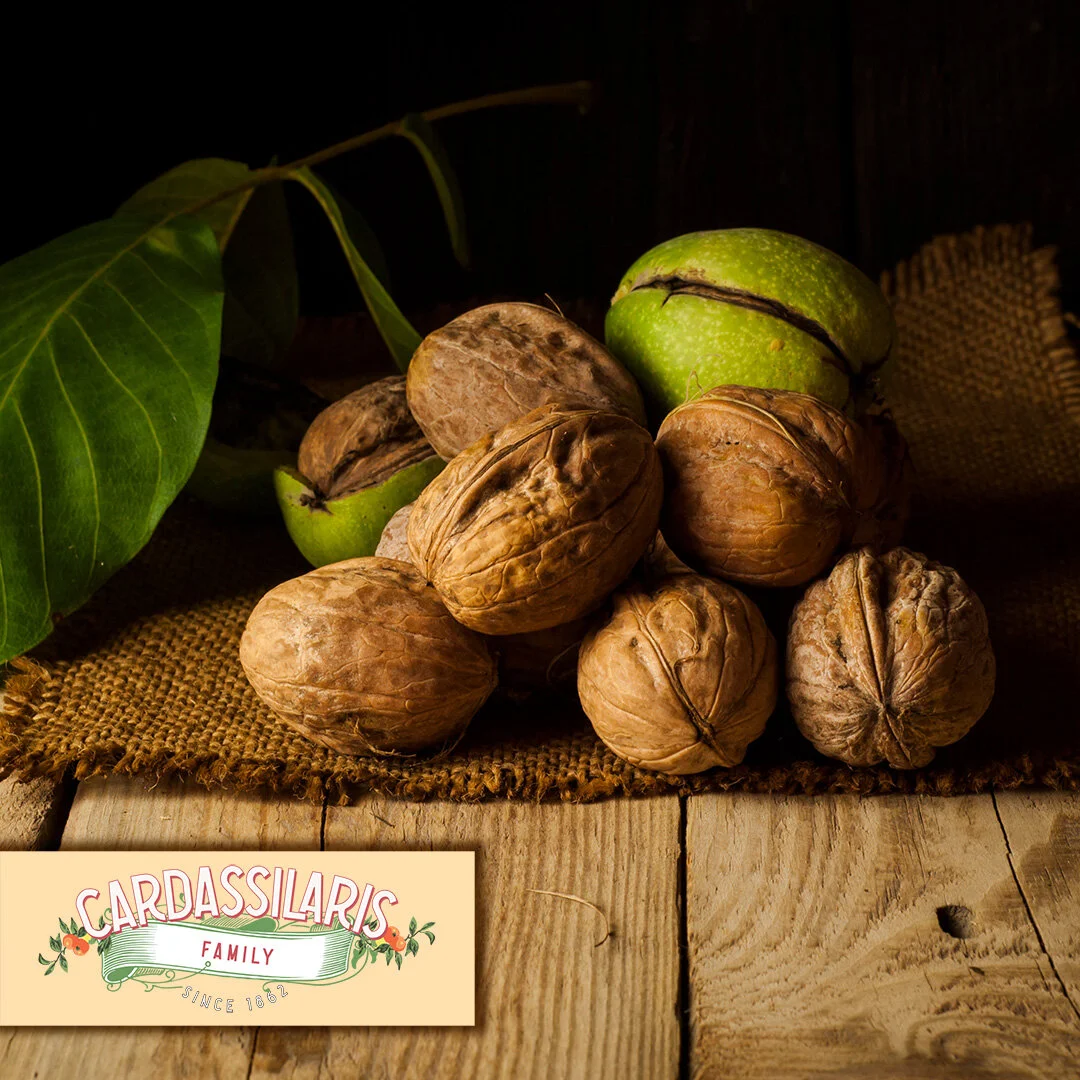Climate Change Is Causing Droughts And Killing Bees Too
We've all heard of the impact of climate change on agriculture. This phenomenon affects how crops are produced, how farmers move away from certain water-thirsty crops, and how wildlife is being driven out of their natural habitat or losing their homes due to wildfires.
But an interesting impact of climate change and the subsequent rising temperature has been on bees. We've all heard that bees are getting endangered but seeing just how this is happening is quite astonishing.
The situation is dire, and unless something is done about it, the future looks bleak for honey and crop production in the United States and the rest of the world.
Why Are The Bees Disappearing?
This summer, California experienced one of the worst droughts in the region. This led to the decrease in honey production in North Dakota, the top producing state of sweet syrup. Rising temperatures mean that fewer bees thrive in the region, which could also signal a future decrease in production as well.
But this is just the beginning. A decrease in bee colonies also puts West Coast cash crops like plums and almonds at risk. Until now Midwestern apiarists used to haul their bees to California almond farms to pollinate orchards. But this draught has made things very difficult.
Its impact will be felt everywhere- far beyond North Dakota.
The absence of strong bee colonies and the resulting higher costs to lease them for pollination services will add to the challenges of West Coast growers already dealing with drought and, in California, soaring water costs.
What Does This Mean For The Future?
Scientists say that extreme weather situations such as floods and droughts are linked with climate change. These conditions will obviously affect the food chain, disrupting demand and supply and rising food costs.
Out of the 2.7 million managed honeybee colonies in the United States, one in five of them in North Dakota. These colonies are crucial for pollination. In fact, income from pollination services totalled $254 million in 2020, according to U.S. government data.
Many beekeepers produce honey during the summers, where bees can easily forage on pastures, harvesting what honey do not consume. North and South Dakota, Montana, and Minnesota accounted for 46% of all U.S. honey production last year, according to the U.S. Department of Agriculture.
A smaller production of bees also forces beekeepers to help feed their colonies with a less nutritious sugar solution or corn syrup, an added expense for producers already hurt by a smaller honey harvest. Iowa-based cooperative Sioux Honey used to produced 20 to 25% of U.S. honey under the brand Sue Bee. However, due to the drought, production went down to 40% this year.
The Global Effects Of This Issue
It is easy to catalogue this issue as an American problem, brought about by a devastating drought. However, this isn’t a region-specific issues. While North Dakota’s bee problem serves a good way to remind us of what is happening, it is not the only place being affected.
The decrease in bee population due to the global rise in temperatures and extreme weather conditions can be felt everywhere. If this issue is not tackled appropriately, we might find a lot of crops and businesses going away- like the bees.










